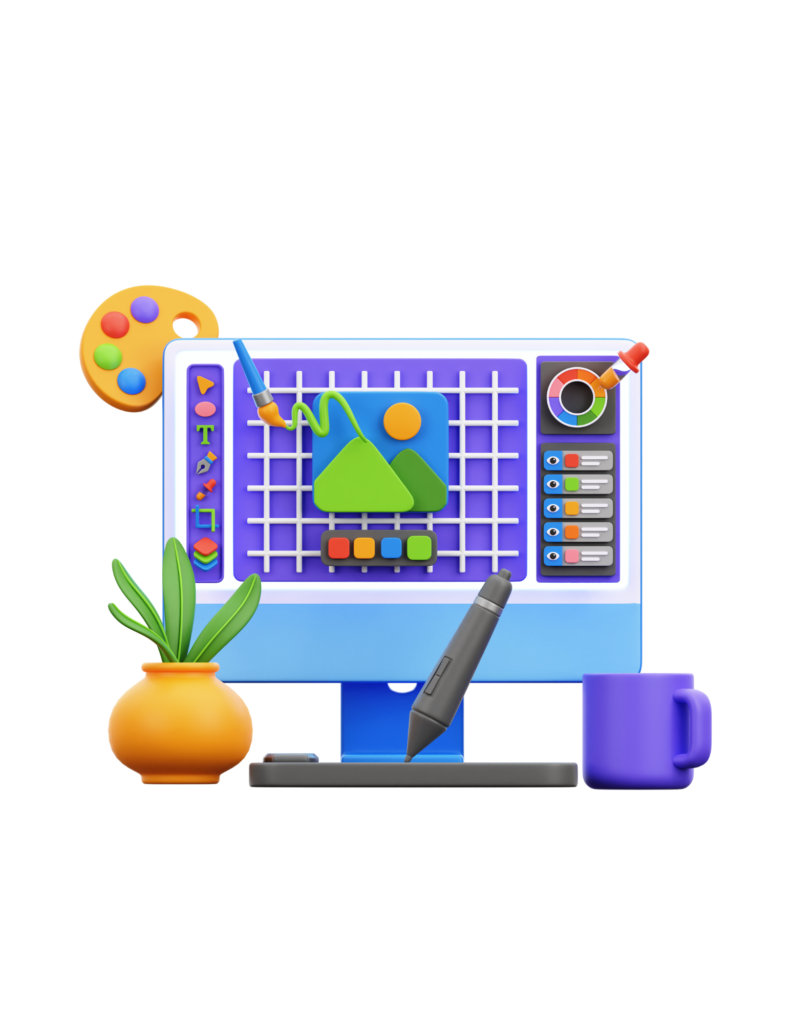
Character animation has become an integral part of entertainment and popular culture. From animated films to video games, animated characters not only entertain but also convey powerful and deep stories. In this modern era, character animation plays a significant role in shaping the way we experience stories. This article will explore how character animation contributes to modern storytelling and why these characters are so impactful in delivering narratives.
1. Bringing Stories to Life Through Emotion
Character animation allows storytellers to express complex and deep emotions. The movements, facial expressions, and body language of animated characters add an extra dimension to conveying feelings to the audience. For example, in animated films like Inside Out or Coco, animated characters can communicate sadness, joy, and fear in ways that feel incredibly real. This creates a strong emotional bond between the audience and the characters in the story.
Through animation, filmmakers or animators can create characters that don’t exist in real life—like monsters, robots, or fictional creatures—that can still express human emotions. This makes animation the perfect medium for exploring heartwarming stories in unique ways.
2. Conveying Complex Messages with Simple Visuals
Character animation offers the ability to convey complex messages through simple visuals. With designs and animation styles that are often more minimalist compared to live-action, character animation can emphasize the story and message more directly. This is evident in films like Wall-E, where robot characters without dialogue are used to convey themes of love, environment, and loneliness.
Because animation can combine elements of fantasy and reality, animated characters are often used to communicate moral or social messages that may be difficult to express in other media. Animated characters often become powerful symbols for global issues, such as in the film Zootopia, which explores prejudice and stereotypes through animated animals.
3. Enabling Exploration of Fantasy Worlds
One of the greatest strengths of character animation is its ability to transport audiences into fantastic worlds. Animated characters are often designed with extraordinary shapes and behaviors, allowing the creation of imaginative worlds far from reality. In animated films like How to Train Your Dragon, dragons and their fantastical environments create a visually enriching experience. Animation allows these stories to explore concepts that would be difficult to achieve in live-action films.
Exploring fantasy worlds not only enriches visual aesthetics but also allows storytellers to delve into more abstract themes, such as hope, dreams, or human fears.
4. Technological Advances in Animation Strengthening Narratives
As animation technology evolves, the ability to create more realistic and dynamic characters has improved. Computer animation, CGI, and motion capture technologies allow animators to create characters that move and react more naturally, resembling humans or other living creatures. This provides more room for storytellers to develop richer and more complex characters.
Modern technology also allows animated characters to interact better with their digital environments, creating more immersive visual experiences. For instance, in the 2019 version of The Lion King, CGI technology created highly realistic animal characters while maintaining the narrative and emotional elements of the original animated film.
5. Inspiring and Building Connections with Younger Audiences
Animated characters have a strong appeal to younger audiences. They become beloved heroes, role models, and cultural icons that can shape how children view the world. Animated films like Frozen or Toy Story not only provide entertainment but also convey values like friendship, courage, and the importance of working together.
Animation also allows children to learn through engaging and interactive visuals, helping to foster their imagination. This makes character animation an effective tool for education and child development.
6. Unlimited Creativity in Character Design
One of the main advantages of character animation is the creative freedom to design unique and innovative characters. Animated character design is not constrained by the laws of physics or biology, as in live-action films. This allows animators to experiment with form, color, and style in a freer way, resulting in iconic and distinctive characters.
From talking animals to superheroes with extraordinary powers, character animation gives storytellers the freedom to explore themes that would be impossible to achieve in other formats.
7. Conclusion
Character animation plays a vital role in modern storytelling, whether in films, television, or video games. With its ability to bring emotions to life, convey complex messages, and transport audiences to imaginative worlds, character animation has become a powerful tool for telling stories that inspire and touch hearts. As technology continues to advance, creators have even more opportunities to explore deeper narratives and more captivating visuals. Therefore, character animation will remain an integral part of storytelling in the modern era.

